We’ve all experienced a time in our lives where one of our joints or possibly a handful of them gave us sharp, dull, or even excruciating pain. Why does this happen? Why do our joints turn their backs on us and prevent us from enjoying life?
I remember one point in my life where I went to reach for a cup in the cupboard, and as I reached up, I had this sharp pain shoot through my shoulder that felt like someone stabbed me with a knife directly into my rotator cuff. I was confused as to why this happened as I didn’t do anything previously to aggravate my shoulder or at least I thought I hadn’t. This situation brought me to my journey to figuring out what to do about joints that are unhappy and are trying to tell you to do something to improve their situation. My first step was finding a physiotherapist that could help. This should be your first step!Many people make the mistake of putting off seeing a physiotherapist or chiropractor when experiencing achy joints or even chronic pain.
The idea of, “Oh if I just rest it, the pain will go away,” is flawed and tends to do more harm than good. Sometimes that does work but because you didn’t address the issue from the get-go that pain will come back down the road. Please go see a physical therapist any time your body sends you pain signals in your joint!After my initial appointment with my physical therapist, I was surprised to find that the therapist was asking me about my workout program, stress levels, and sleep. This conversation was a first for me and got me thinking that pain in the body was a lot more complicated than before. The physical therapist explained to me that many things could influence pain in joints, such as:
- Force (rolled ankle while running, falling on your shoulder, etc.)
- What You Do In The Gym
- Life Stress
- Sleep Quantity
1. Force
The first one is obvious. Any time you fall and injure yourself, you’d be placed in this category. Any trauma experienced from falls, or accidents will cause harm to your body and joints. The rehabilitation process in this category is crucial to your return to activity so I suggest you go to your doctor as soon as possible to get a diagnosis, and not just tough it out.
2. What you do in the gym
When I first started training it was heavily influenced by bodybuilding, and I always trained my body in separate parts. Just like everyone else I’d sometimes skip certain days and focus on the body parts that I enjoyed more than others. With the accumulation of this style of training for a few years, my joints started to speak up. I think it’s important to note that there’s nothing wrong with training like a bodybuilder but when it comes to functional movement, bodybuilding workouts tend to lack the promotion of movements our bodies thrive from.
To say the least I switched up my program and focused on more whole body exercises and incorporated rehabilitation exercises for my shoulder. After a few weeks, I started to feel better and made the switch to “functional” exercise to have my shoulder in check. The second part of this “what you do in the gym” equation is how your body moves and functions. My suggestion is having an assessment done by our chiropractor Dr. Sarah Forster who can give you an idea what your limitations are, then prescribe exercises that can help improve faulty movement patterns and improve joint function.
3. Life Stress
There have been many studies done that have shown the relationship between stress and musculoskeletal pain. Stress flowing through our bodies is a signal system. The moment we get too much stress in our system our bodies will send out external cues to let us know to slow down. My shoulder pain that came out of nowhere, I think it was my body sending me a signal to slow down from my stressful life at the time. I use the analogy of “the straw that broke the camel’s back” all the time with clients as it makes a lot of sense when it comes to pain or achy joints. Sometimes with the accumulation of poor programming and a lot of life stress our joints and bodies will send us pain signals to stop. If we don’t pay attention to them right away, our bodies will continue to send signals but at a higher degree.
4. Sleep
We all know sleep is vital to our bodies, but for some reason, we abuse it all the time. With the previous point above, sleep and stress go hand in hand. For us to destress one of the best ways to do so is by having adequate sleep. When we get enough sleep, it gives our bodies a chance to filter out the stresses of the day and reset.
Putting everything together
Now that you know what influences pain in your joints, I want to share some key strategies that I use for myself and my clients to maintain happy and healthy joints. Just like everything I do in training I like to layer things. The first layer of better functioning joints is something called Controlled Articular Rotations or “CARS” for short.
How I explain CARS to my clients is drawing perfect circles with our joints. Think of grabbing a pen (your joint) then drawing a circle on a piece of paper. It should be a beautiful round circle, but for many of us, that circle will look like chicken scratch when we first start.
As you begin your journey with CARS, I want you to remember something significant. DON’T PUSH THROUGH PAIN. Many of us might have had an old injury, fell on our hip, had an ACL surgery, etc., so some of our joints won’t be so happy when you’re trying to put it back to where it should go. This phenomenon of your body stopping you from getting the range of motion you should have is something I like to call neural guarding. It’s a defense mechanism to ensure your body doesn’t reinjure yourself but in reality, we need to challenge our bodies to gain our range back, this is where CARS come into play.
I look at using CARS as daily maintenance for our joints to ensure their function and movement. Think of it as working out the kinks or doing that morning stretch the moment you wake up. I like following the joint by joint approach of neck, t-spine, shoulders, elbows, wrists, hips, knees, and ankles.
Here are a couple of videos you can follow to get started:
I prescribe three repetitions of full rotations for myself and clients to get the job done. The combination of all joints, it shouldn’t take any longer than 10 minutes. I’d highly recommend performing this little sequence first thing in the morning to get your day going.
Doing this sequence daily, you’ll notice a change in the way your body feels. Being consistent is key, and if you can maintain this routine daily, you’ll have better function joint and less pain.


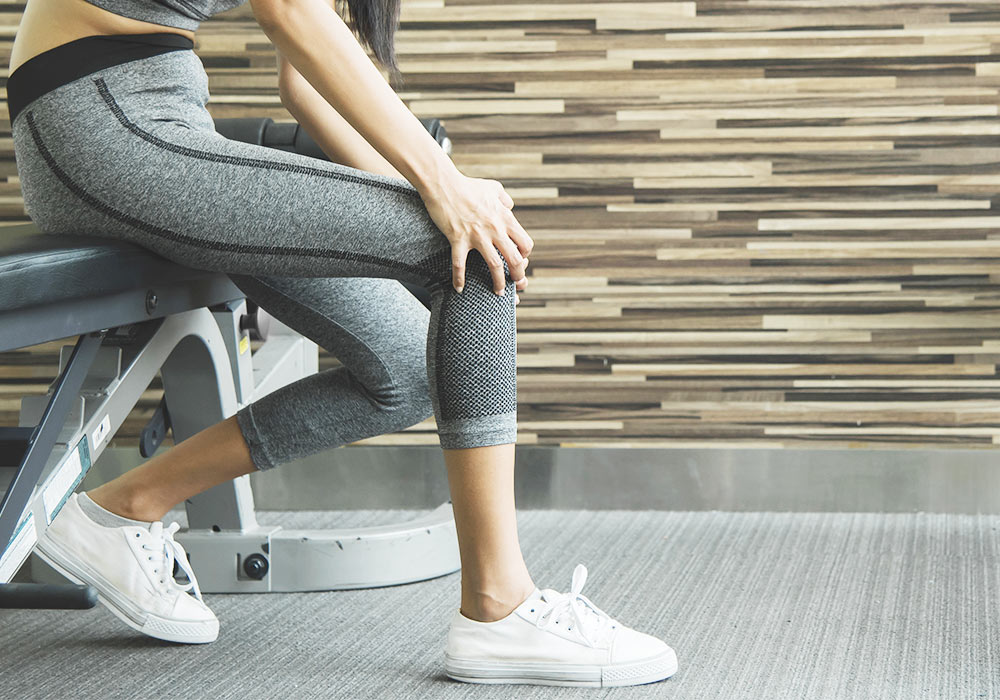

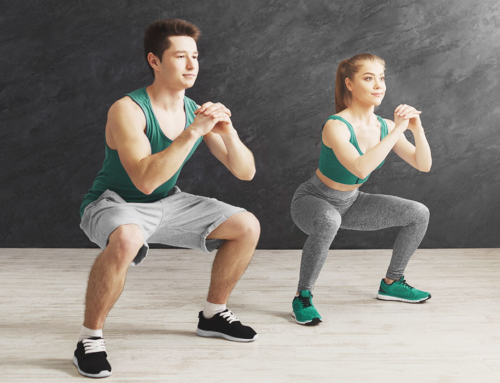
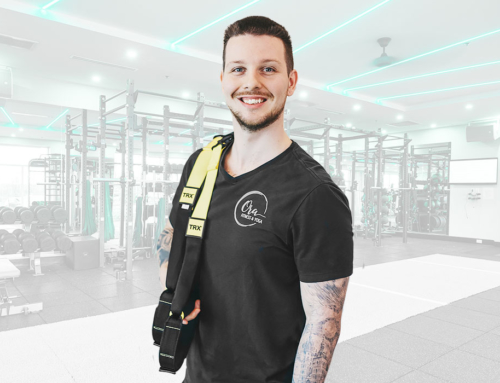

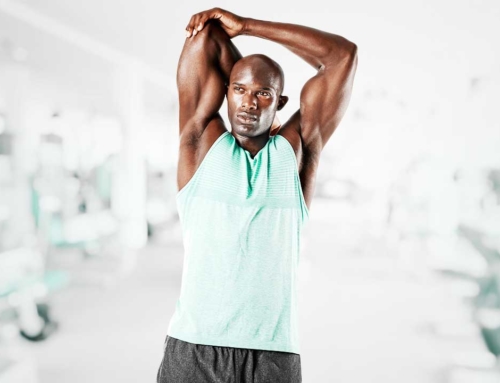
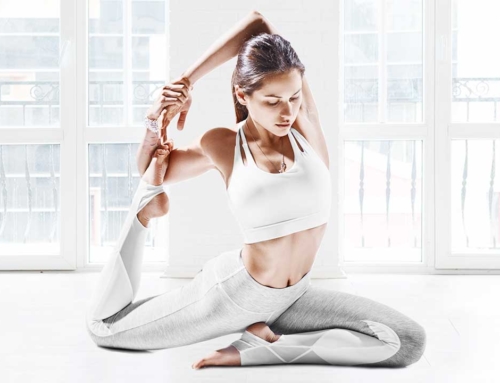
Leave A Comment